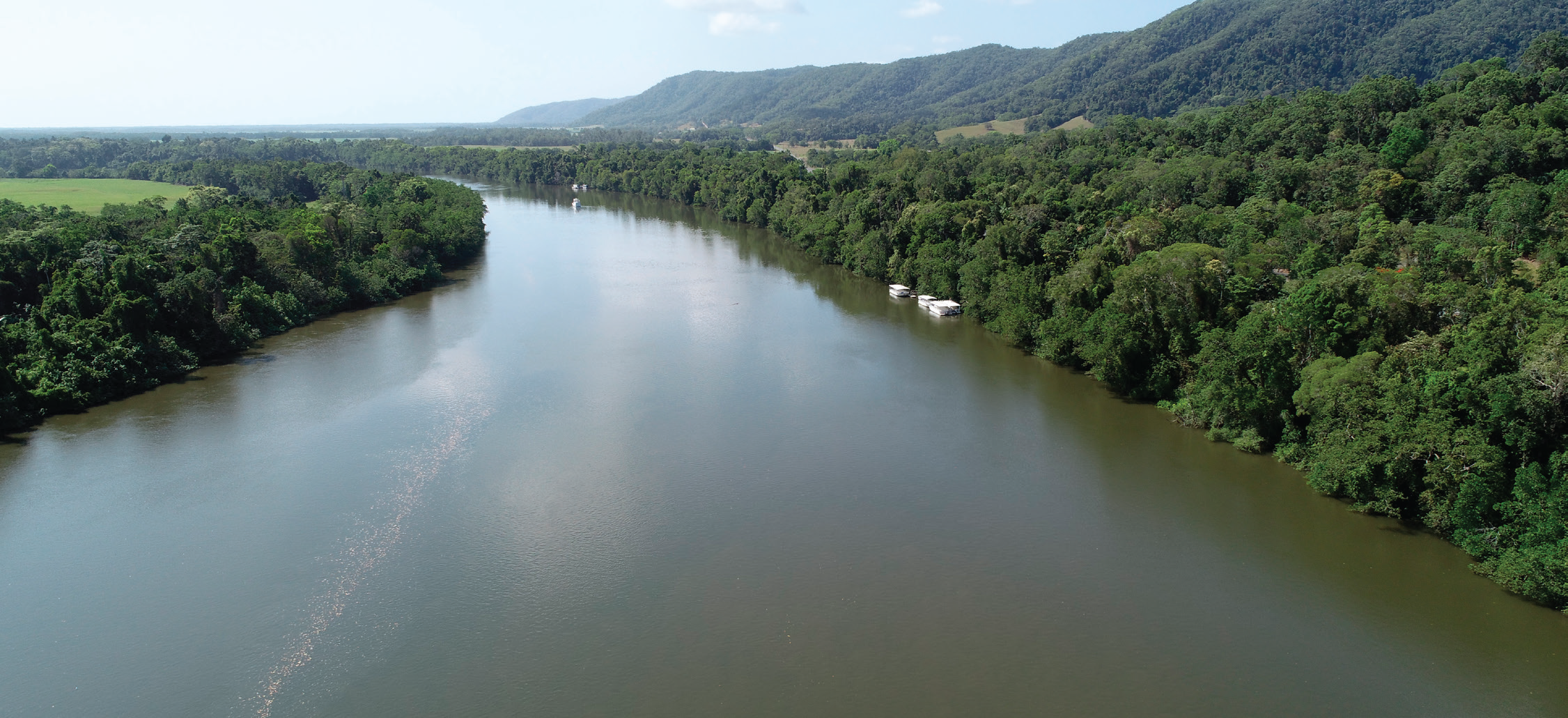
Copyrighted photo courtesy WQI, Dept. of Environment and Science.
The Daintree River in Queensland is one of many tributaries being tested for sediment, nutrients and pesticide runoff into the Great Barrier Reef along Queensland’s eastern seaboard by the Water Quality and Investigations team.
By Ben Ferguson and Shaun Fisher with Water Quality and Investigations, Dept. of Environment and Science, Queensland, Australia.
Reprinted by permission.
Situational Analysis
The Water Quality and Investigations (WQI) team of the Department of Environment and Science for the state of Queensland manage the long-term Great Barrier Reef and Southeast Queensland catchment loads water quality monitoring programs. These programs span the east coast of Queensland, from the Gold Coast to Cape York [roughly 2,000 km (1,250 miles)/450,000 sq km (280,000 sq miles)].
The programs monitor sediment, nutrients, and pesticides at 81 sites, 35 of which rely on 45 Teledyne ISCO samplers for the representative collection and preservation of samples.
Sediment, nutrient and pesticide run-off from catchments are a contributing pressure on marine ecosystems along the Queensland coast, including the Great Barrier Reef and Moreton Bay. Quantifying the amounts of these constituents in runoff (in both concentration and tonnage) are critical to the effective management of these risks.
This knowledge allows for targeted education around best management practices and opportunities for land use improvement, as
well as providing a quantifiable metric to track progress. As these contaminants are largely exported during rainfall runoff events, it is important to obtain high resolution concentration data over these events, which can only be achieved with remotely controlled autosamplers.
Challenges
The main challenges in these programs generally revolve around the remoteness of the monitoring sites and the harsh conditions that the monitoring equipment are installed in. Some sites are a more than 2-hour drive from the WQI’s nearest regional sampling contractor. Other sites are regularly cut off by flood waters for days at a time.
In these circumstances, there is no practical way for manual sampling (a.k.a. bottle and pole sampling) to be able to accurately capture a run-off/flood event. This necessitates the use of automated sampling systems.
Because of the on-site conditions, any automatically collected samples also need to be preserved on site (as well as is possible), to ensure their integrity.
Ambient air temperatures can be more than 40 ◦C (104 ◦F), and up to 55 ◦C (131 ◦F) inside the monitoring huts (typically a 2×2 m, cyclone rated shed). Humidity also can be extremely high.
Samples that are not refrigerated in these circumstances are not considered to be representative of the waterway, and typically are not analysed.
The primary concern with the equipment is the environment they are installed in. The monitoring huts are ventilated to allow airflow. This means that dust and small animals can find ways into the huts as well. The risk of snakes means that care must be taken when working in the huts.
The high humidity often results in the refrigerated samplers generating large amounts of condensation, on both the inside and the outside of the refrigeration unit.
This means that the plug in the base of the sampler has to be removed permanently. Otherwise, the sampler fridge can start to fill with condensation.
The samplers themselves are kept on a slatted bench, or elevated slightly off the ground, to ensure good drainage of water.

Copyrighted photo courtesy WQI, Dept. of Environment and Science.
The Water Quality and Investigations team of the Department of Environment and Science for the state of Queensland, is distributing 45 Teledyne ISCO BLZZRD samplers at 35 sites along the 2,000 km (1,250 mile) coastline.
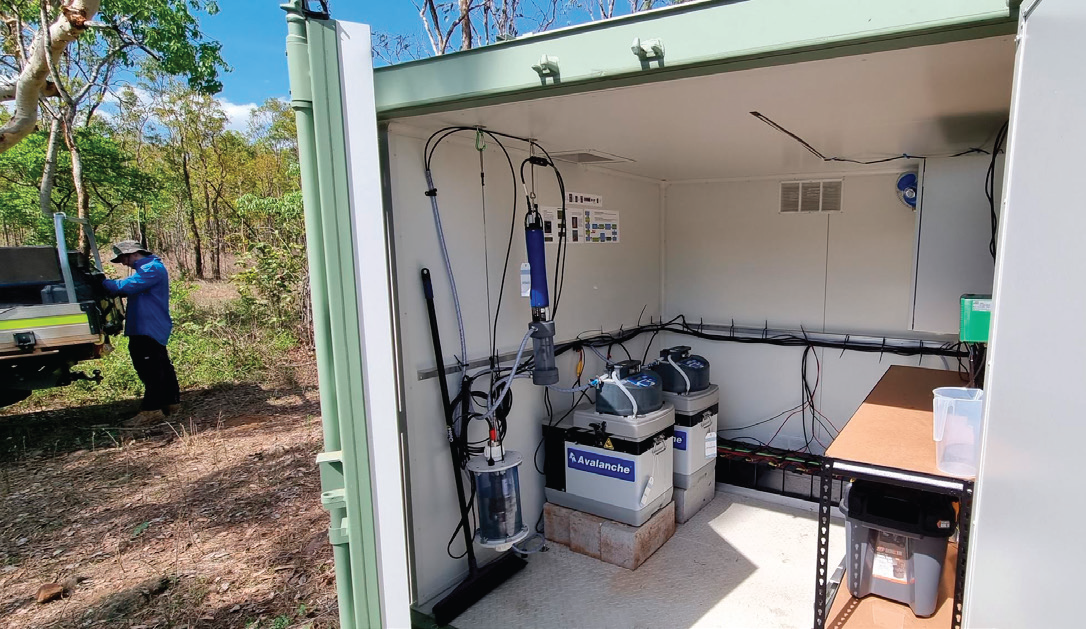
Copyrighted photo courtesy WQI, Dept. of Environment and Science.
A hut containing Teledyne ISCO samplers and electronics. Temperatures inside the huts can reach 55 ◦C (131 ◦F).
The Solution
Teledyne ISCO samplers are key to the collection and storage of discrete samples within this system. The WQI have utilised ISCO Avalanche® samplers since 2006 and are now migrating their monitoring programs over to 47 ISCO BLZZRD samplers, purchased through ISCO representative the John Morris Group.
Forty-five BLZZRDs are being distributed among 35 locations all along the coast. ISCO samplers are the only suitable automatic refrigerated water samplers we have been able to find on the market. The WQI team also designed a telemeted monitoring and control system.
This system incorporates a datalogger, a CatM1 modem, river height sensors, Acoustic Doppler Current Profilers, real-time water quality probes, in-stream pumps, the ISCO samplers, and power supply systems (solar panels and charge regulators, and lithium or AGM battery banks).
These components all work together, managed by the central data logger to ensure that samples are collected and preserved over the course of a flood event. The timing of discrete samples is automatically informed by a combination of river discharge, level and real-time water quality parameters, with an option for realtime manual oversight from the WQI office in Brisbane.
Portable Refrigerated Water Sampler
AC or DC Battery Powered Cooling with State-of-the-Art Data Logging
BLZZRD is a portable refrigerated sampler with active cooling from either AC or battery power. Its controller offers all advanced controls, interfaces, data logging, and remote communication features. Based on Teledyne ISCO’s industry-leading 6712 controller, you get all the advanced control, data logging, and communication features of the 6712.
Bottle options include 2.5- and 5 gallon composites as well as 4 x 1-gallon, 4 x 1.8 L, and 14 x 950 mL sequentials. A 12V deep-cycle battery delivers 48 hours or more of refrigeration. The power-saving cooling system remains on standby until the first sample is drawn, and only then switches on to preserve the collected samples for pickup. Available routines include: pause-and-resume for intermittent discharge flow monitoring; sampler pacing by time, non-uniform time, flow or external event; and random interval sample collection.
Standard Features
• Standard and extended programming keeps setup simple when you don’t need advanced features.
• NEMA 4x, 6 (IP67) controller enclosure is watertight and dustproof.
• SDI-12 interface provides “plug and play” connection with multi-parameter water-quality sondes and other compatible devices.
• Standard 512kB memory gives you great flexibility for logging environmental data.
• Sample delivery at the EPA-recommended velocity of 2 ft/sec., even at head heights of 26 feet.
• Patented pump revolution counter ensures accurate sample volumes and tells you when tubing should be replaced.
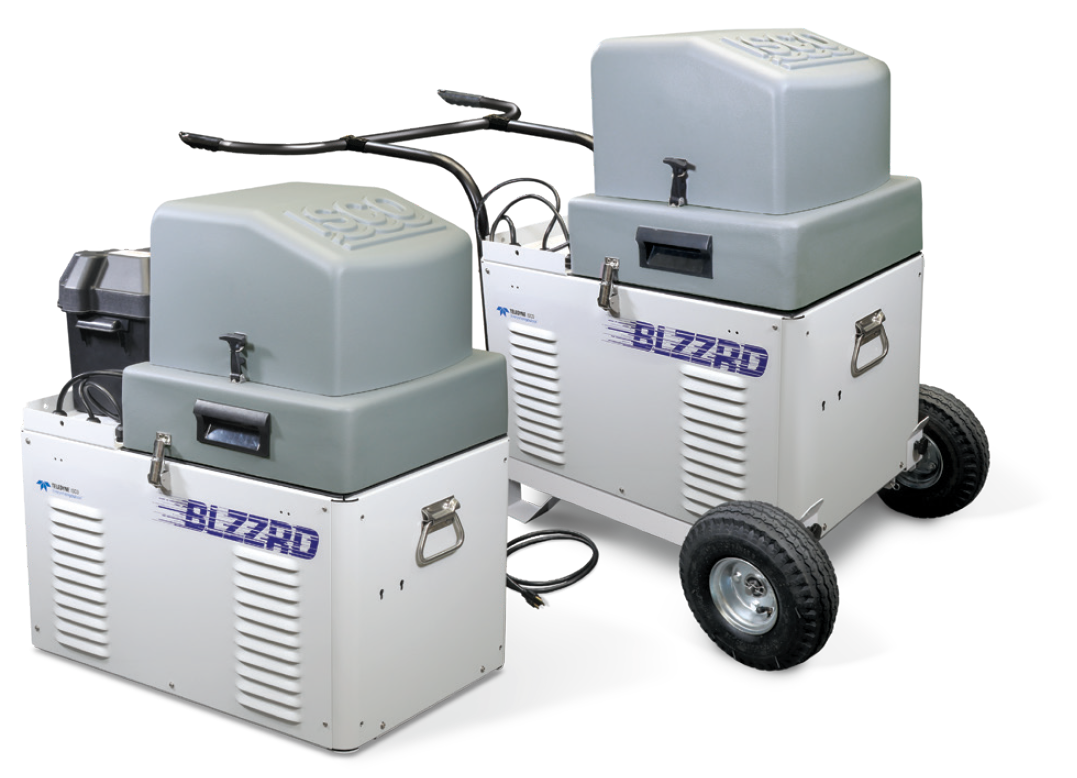

John Morris Group is proud to be the distributor of Teledyne ISCO products in Australia and New Zealand.
Local stock, low prices, quick delivery and factory trained service specialists. Contact us today!

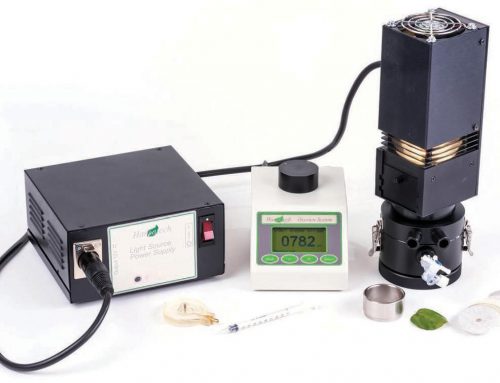
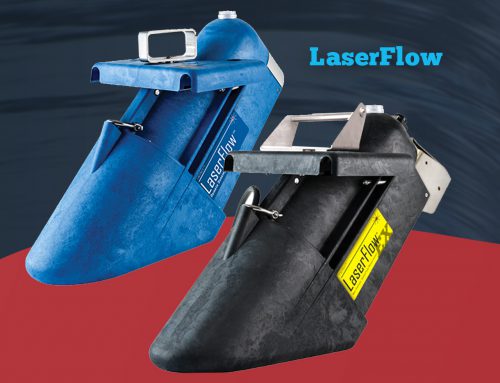

Leave A Comment